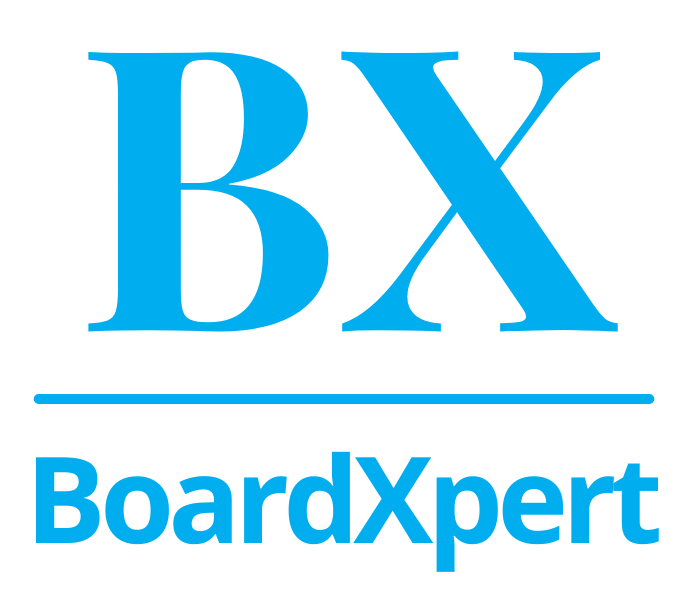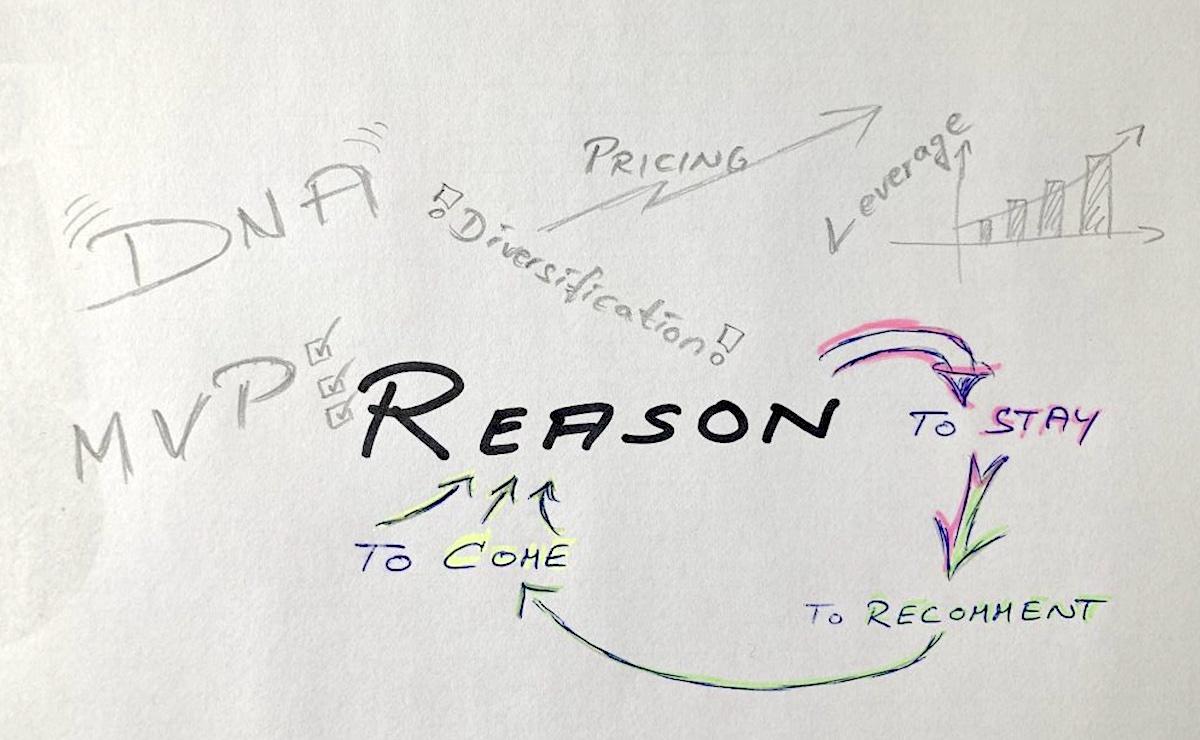All platforms are based on the same principles
Those principles are clear and therefore it’s a quite simple task to do. But still: it is not easy to succeed in doing so.
Me, the author of this article founded two B2C Startups doing mail-order, one in 1999 (some of you might remember those true internet pioneer days), one in 2005.
From the very beginning we created a platform business, although that term wasn‘t really in use: data base, methodology information, interviews, community, forum, product personalization (a real revolution in these times!), …
Today platform businesses are modern, create well beloved recurring revenues, are from a technical point of view somehow easy to maintain/support and very efficient if you want to deploy new functionalities.
You have a nice idea, maybe even better: already a Minimal Viable Product (MVP) which is ready to market. Now you just need to close the gap – but: what makes the difference between a (highly sophisticated) software solution and a true platform?
Here is what it takes, you definitely should offer:
- A reason to come & use (and this is way more than a simple product!)
- A reason to stay (if you cannot offer a patented unique selling proposition (USP) or gamechanger it definitely should be convenience)
- A reason to recommend (believe it or not: this is the old-fashioned service plus add-ons like gamification, background information, best practises, etc.)
Altough it is obvious a lot of vendors do not pay enough attention on point nr. 2 (a reason to stay) and nr. 3 (a reason to recommend). Often attracting users to come and having a try is the core focus of vendors.
To aim for the „hockeystick“ – which is the graphic of an exponential growing amount of active users – is good. Still you need to focus on already existing users. This is so important because needs are changing. What a user might find super-interesting during his first visit will soon become commodity, well known or no longer a reason to return to that platform.
So the benefit should continuously be there and evolving along the gain in maturity the users of that platform might experience.
Before creating your product you should also think about this:
- What is your USP?
- Which other value(s) do you provide?
- What is the leverage (How big is the market YOU can address in reality)?
- For which markets you need to diversify your offering (cultural, legal or practical reasons)?
- What is the core you want to offer/deliver (what is your DNA)?
- How do you want to charge your users (what is the pricing model)?
And – just to mention – test your assumptions of the intended pricing. The best solution will not feed, if clients are not willing to pay enough (or at all) for this solution.
Getting to know your DNA – and why it is so important.
If you were in music business and want to become one of the most popular heavy metal bands you definitely need to fulfill the expectations of your audience not only in rythm and beats. You’d also need to have a certain look, a certain language, as well as an overall image.
You could name this also as your style. And all members of your band need to fit and represent exactly that style. So if your lead singer would behave like an opera singer that won’t support you too much on your way to become a rockstar in heavy metal …
So, although it seems to be simple, still as an owner and/or CEO it is quite a challenge to define all steps by yourself and verify progress.
Not necessary, but definitely very helpful: create an Advisory Board with industry veterans (they will offer you a good network), specialists in your offering (they will be great sparring partners), plattform pros (they will challenge your ideas and milestone achievements).
From such an Advisory Board you can always expect to get clear, critical and yet very respectful feedback on eyelevel. Committed to the company and with the clear goal to let you shine.







